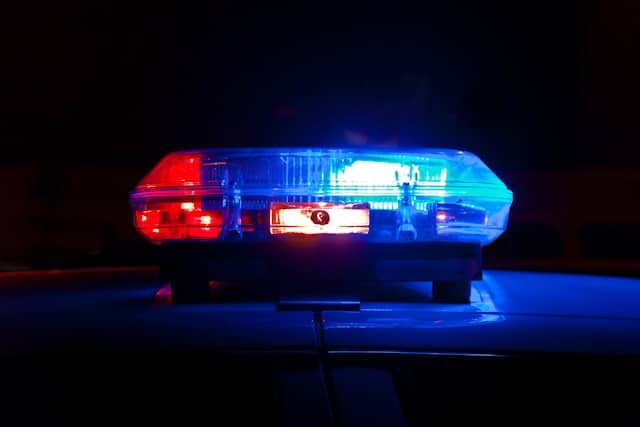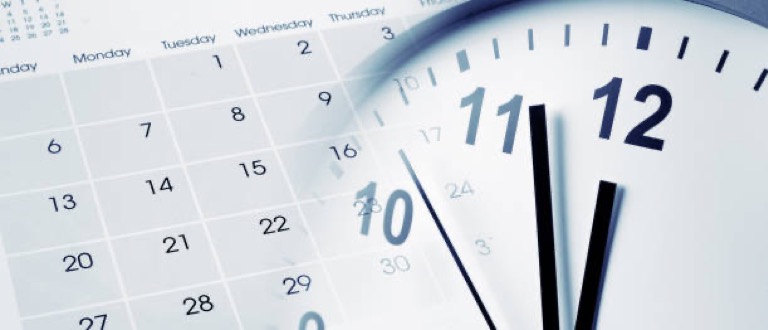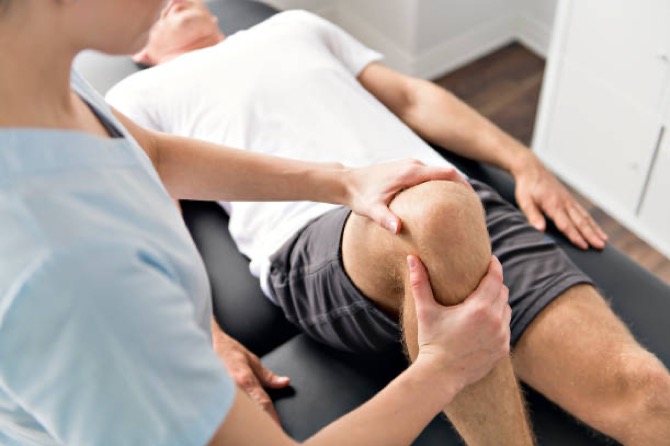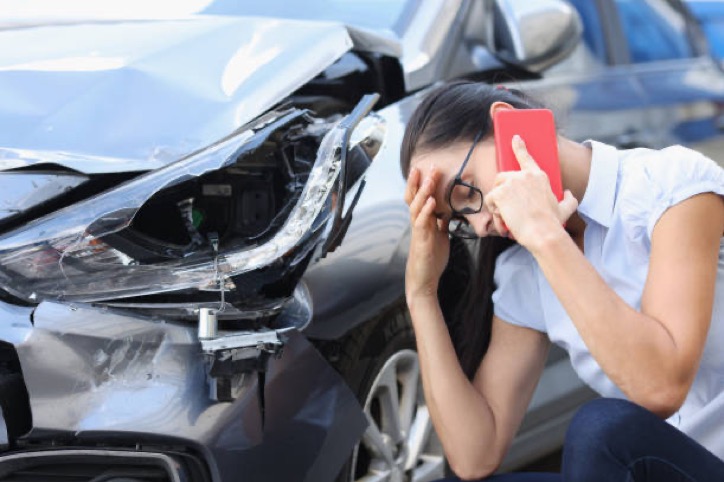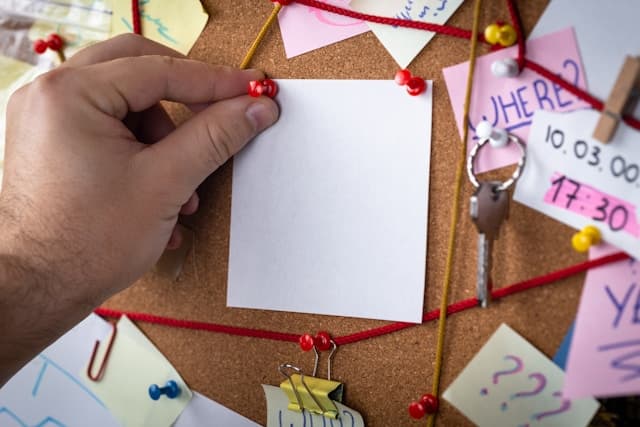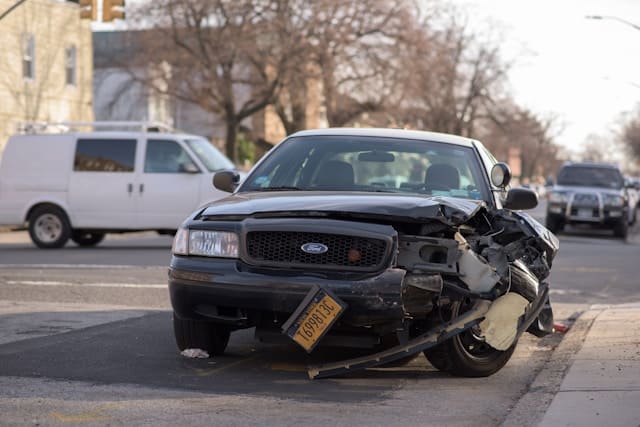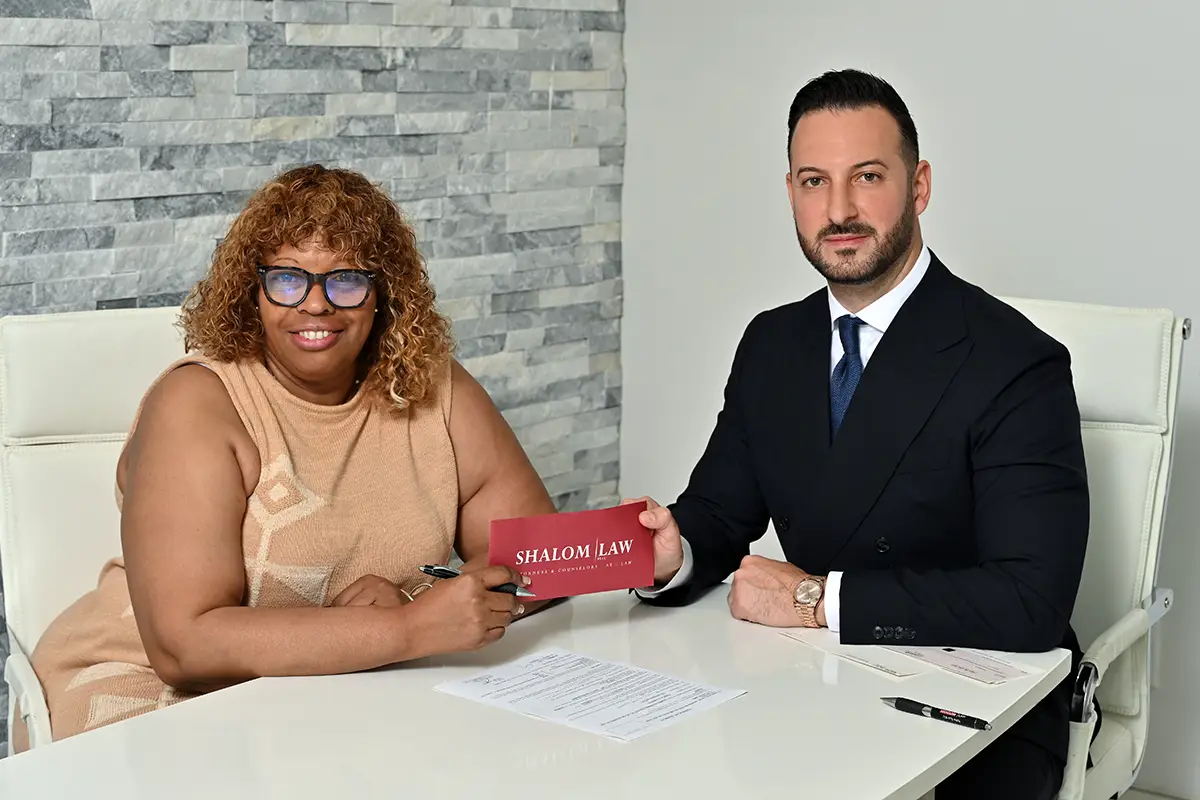Photo by Scott Rodgerson on Unsplash
The roads of New York City see an average of 4.4 million vehicles and more than 500 car accidents on any one 1 2 given day. Naturally, during any normal year, the New York Police Department (NYPD) already struggled to get to the scene of every car accident while also tending to other critical policing work. Today, however, with the onslaught of the COVID-19 pandemic and the recent incursion of the new Delta variant, police officers are even more hesitant to rush to the scene of a car accident and put themselves and others at risk of infection. So with these concerns in mind, the NYPD recently instituted a new policy for responding to car accidents in New York City: the police department will no longer send officers to the scene of minor car accidents.
While this new policy is straightforward at first glance, the change has left many drivers with questions. What qualifies as a “minor” car accident? What do I do after a minor accident if the police are not going to come to the scene? Do I still need to file an accident report with the police if my accident was minor? If these questions sound like ones you are asking, you are in luck! In this column, we walk you through the answer to these questions and others you may have about what YOU should do if the police do not come to the scene of the car accident you were involved in.
What Type of Car Accident Does the NYPD Consider Minor?
In a 2020 policy statement, the NYPD declared that police officers will no longer respond to“minor” car accidents, which the department defined as being those “resulting only in property damage.”3 In the case of such a minor accident, the NYPD directs any individuals involved to exchange necessary information (such as driver’s licenses, insurance information, and proof of vehicle registration) rather than call 911. This exchange of information is a crucial must-do, even if the accident you were involved in is considered minor, because leaving the scene of the accident before exchanging information is illegal. Additionally, in its policy statement, the NYPD went on to explain that officers will still respond to the accident, even if the accident meets the definition of “minor,” if:
– one of the parties involved is injured;
– the report is phoned in by a third party;
– one of the people involved fled the scene;
– one of the parties disputes the other’s account of the accident; or
– either vehicle is so damaged it needs to be towed.
What Should I Do After a Minor Accident if I Know the Police Will Not Come to the Scene?
Although you don’t necessarily have to do anything differently if you know the police will not respond to the scene of your accident, the things that we always recommend you do after a car accident become even more important. If police do not show up to the scene of an accident, you will not get a police report, which is what usually documents a neutral account of what happened in the accident. So, if the police do not arrive at the scene, it is going to be on YOU to take pictures and gather as much information as possible.
You are required by law to exchange driver’s licenses, insurance information, and proof of vehicle registration with any other drivers involved in the accident, whether or not the police respond to the scene. However, if the police do not come to the scene of your accident, YOU are going to have to also file an accident report about the collision with the State.
Non-Injury Vehicle Collisions, NYPD (effective citywide as of April 6, 2020)
https://www1.nyc.gov/site/nypd/services/vehicles-property/non-injury-vehicle-collisions.page.
1. All Drivers and Passengers Involved
While you exchange the required information with the other driver or drivers, it is equally as important in minor accidents that you take down the basic contact information of each involved individual, including his or her full name, home address, and cell phone number.
This information is crucial for getting in touch with those involved after the fact, so when you receive the phone number of someone involved in the accident, we highly recommend that you try calling the number you received immediately to make sure it is accurate.
2. All Vehicles Involved
Although you will get some information about the vehicles involved when you exchange the required insurance and registration information with all other drivers, you should also record the following information about each of the vehicles involved:
– The make, model, and year of the car;
– The car color;
– The full name of the legal owner of the car, especially if different than the driver; and
– The car’s license plate information, including:
○ The license plate number, which likely includes both numbers and letters;
○ A description of whether the plate is a temporary paper plate or a standard metal plate;
○ Where the plate was displayed on the vehicle, if at all (back, front, windshield, etc);
○ The state the plate is licensed to;
○ The plate’s expiration date, especially if plainly expired; and
○ Any inconsistent information you notice between plates displayed on the front and
back of the vehicle, such as two different license plate numbers, expiration dates, etc.
Documenting this information on your own and not just relying on the insurance and registration information that the other driver gives you is very important in the event that the other driver intentionally or mistakenly gave you vehicle information that describes a different vehicle or owner than what you actually see in front of you on the scene.
3. Statement for those involved
In addition to getting the basic information on the drivers, passengers, and vehicles involved, you should also record each involved party’s description of the accident, including your own. Ask each person involved what he or she saw, heard, or felt during and after the accident, and take special care to record any admissions of fault. By recording each party’s perception of the accident right there on the scene, it will be much easier for you to prove the truth of what really happened even after memories fade and stories change.
4. Statements of Any Other Witnesses to the Accident
Anyone other than the drivers and passengers who happened to witness your accident will be a tremendous help in determining fault. Thus, if any witnesses are available on scene for you to speak to, ask and record what each witness heard, saw, or felt during the accident, and take down the basic contact information of each witness, including his or her full name, home address, and cell phone number.
If any of the witnesses refuse to tell you any of this information, jot down the license plate numbers of their automobiles so that they may be tracked down later, if necessary.
5. Photographs of the Scene
With no police on scene to take pictures of the accident, YOU will need to take as many pictures as possible. With your cell phone camera or a traditional camera, if available, take pictures of:
– Each of the vehicles involved and the damage each sustained;
– The accident scene as a whole;
– Any nearby road signs, buildings, landmarks, or intersections that help show where and
when the accident occurred; and
– Any and all resulting property damage, including things as minor as skid marks on the
pavement or tire tracks through grass.
These pictures will be important objective evidence of the accident if a claim is later filed.
Do I Still Need to File an Accident Report if the Accident was Minor?
The short answer: Yes.
Each driver involved in an accident is required to file a report, even if it was a minor car accident.
According to the New York State Vehicle and Traffic Law, drivers must file their own accident report – within 10 days – of a car accident involving more than $1,000 of damage to the property of any one individual (including yourself).
A driver who fails to file an accident report with police within 10 days when required to do so may be charged with a misdemeanor and/or may have his or her license or registration until the report is received by the Department of Motor Vehicles (DMV).
How Do I Determine if the Property Damage Exceeds $1,000?
In a car accident resulting only in vehicle damage, you are permitted to either estimate the value of damage yourself or obtain an estimate from a repair shop and file the report within 10 days if the damage exceeds $1,000. It is important to note that there is nothing in the law preventing you from reporting an accident with damage worth less than $1,000, so if you estimate the damage to be somewhere around $1,000, we recommend that you still file an accident report within 10 days, just to be safe.
How Do I File An Accident Report?
To meet the filing requirements, you must fill out and file the Report of Motor Vehicle Accident, also known as an MV-104 (linked below) . An MV-104 is a one-page form that most drivers are able to fill out with the basic information they took down at the scene of the accident. After inputting all of this information, the driver is then required to simply sign and date the bottom form and file it, which can be done by sending the original to the Crash Records Center, located at 6 Empire State Plaza, P.O. Box 2925, Albany, NY 12220-0925.
Because you are required to file the original accident report you filled out, we recommend that you make a copy of your report before you file it. That way you have it if ever you need it later.
Contact Us About Your NYC Car Accident Report.
If you have just been involved in a car accident resulting in injury or property damage, and you are struggling with filling out the required accident report, contact Shalom Law, PLLC as soon as possible!
We can help you quickly and accurately fill out and file the report, as well as help you subsequently secure all of the compensation you deserve. For a consultation, call Shalom Law today: (718) 917-9474.
This memorandum relates to general information only and does not constitute legal advice. Facts and circumstances vary. We make no undertaking to advise recipients of any legal changes or developments.

